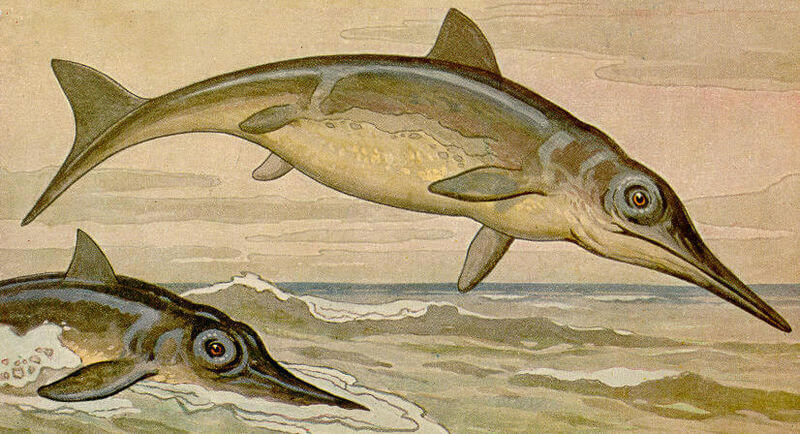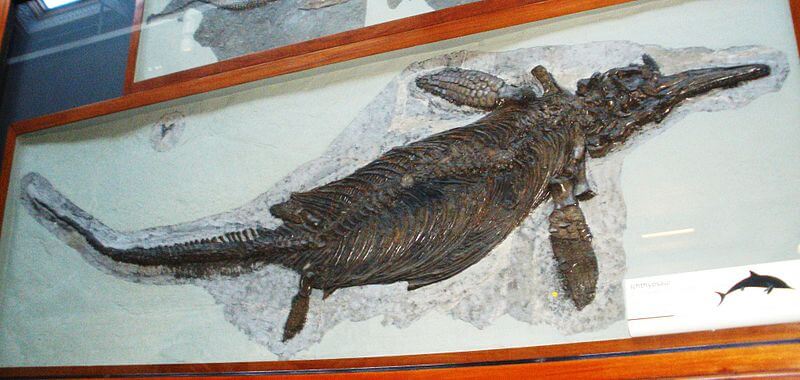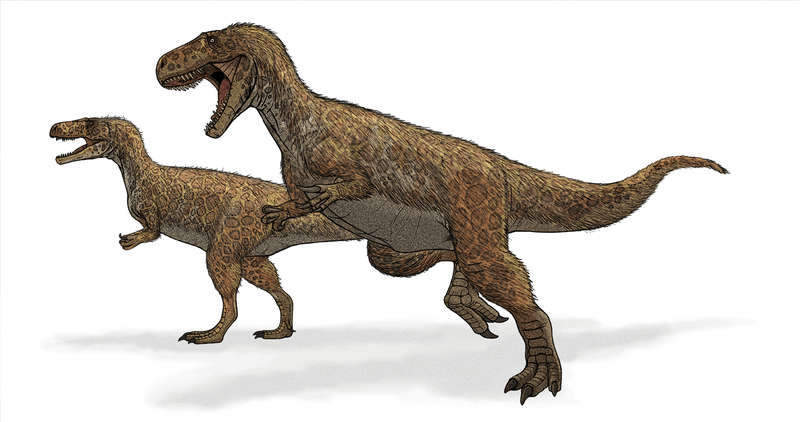Activity 1: Narrate the Lesson
- After you read or listen to the lesson, narrate the events aloud using your own words.
Activity 2: Complete Copywork, Narration, and Dictation

Click the crayon above. Complete page 4 of 'World History Copywork, Narration, Dictation, and Art for Third Grade.'
Activity 3: Draw a Comic of the Formation of Early Earth

Click the crayon above. Read the below instructions and complete page 5 of 'World History Copywork, Narration, Dictation, and Art for Third Grade.'
- Use pencils, crayons, pastels, or markers and the following descriptions from the chapter to draw frames of a comic showing the development of early earth.
- Frame 1: In the beginning, the planet upon which we live was (as far as we now know) a large ball of flaming matter.
- Frame 2: The surface burned itself out and was covered with a thin layer of rocks.
- Frame 3: Rain descended in endless torrents, carving out mountains and valleys.
- Frame 4: The sun broke through the clouds and revealed a few small puddles which were to develop into the mighty oceans.
- Frame 5: The first living cell floated upon the waters of the sea.
Activity 4: Draw Creatures of the Early Earth

Click the crayon above. Read the below instructions and complete page 6 of 'World History Copywork, Narration, Dictation, and Art for Third Grade.'
- Use pencils, crayons, pastels, or markers and the following descriptions from the chapter to draw the early creatures of early earth.
- Creature 1: Some creatures grew strange jointed legs, like scorpions and began to crawl along the bottom of the sea amidst the plants.
- Creature 2: Some creatures in the sea became pale green things that looked like jelly-fishes.
- Creature 3: Some creatures covered with scales depended upon a swimming motion to go from place to place.
Activity 5: Examine Ancient Creatures
- Study the painting of an Ichthyosaurus and imagine it leaping about a primordial sea.
- Study the fossil of an Ichthyosaurus and compare it to the painting. Did the artist faithfully capture the characteristics of the Ichthyosaurus?
- Study an artist's rendition of a carnivorous Megalosaurus dinosaur. Imagine if the Megalosaurus lived alongside us today.
 The Story of Mankind Part I
The Story of Mankind
The Story of Mankind Part I
The Story of Mankind

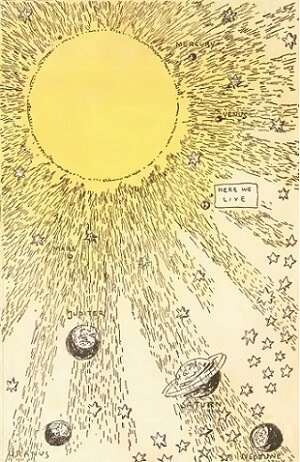

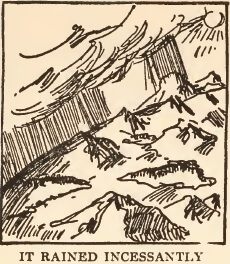
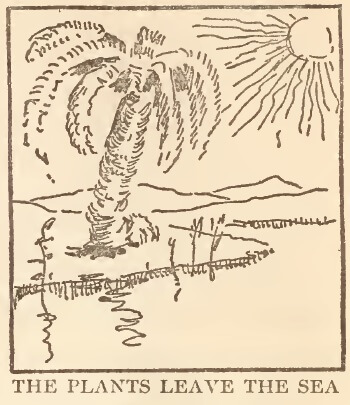
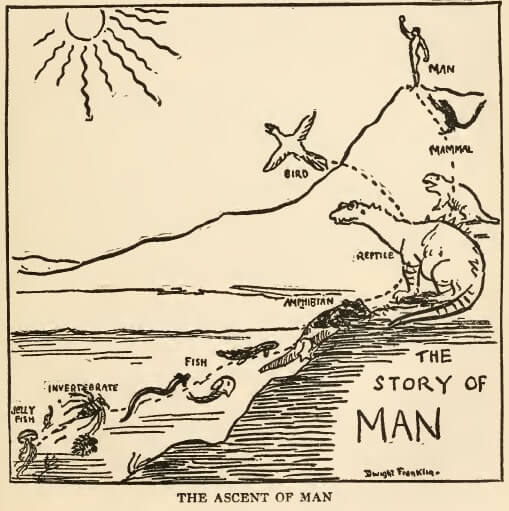
 The Story of Mankind Part I
The Story of Mankind
The Story of Mankind Part I
The Story of Mankind




